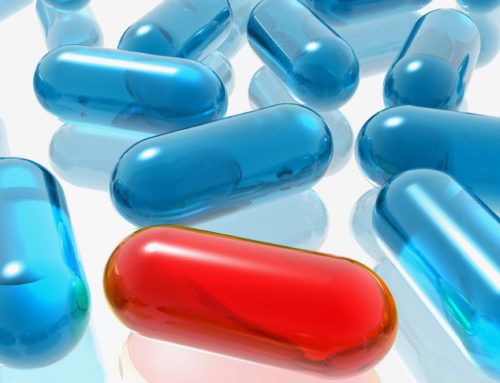In October of 2011, Microsoft released a video on YouTube outlining what it envisions technology and productivity will be like in the future. And the message was clear: for individuals on the go, at home or at work, getting things done will be streamlined and much more efficient as innovation continues to develop.
I admit that while I watched the video, I kept wondering when some of these products would be available, and how they would be utilized, in a health care setting. When we think about what technologies would or could significantly improve productivity and care delivery in the industry, there are several items that I envision as being a part of the high tech hospital of the future:
Kiosks armed with Artificial Intelligence (AI):
For most health organizations, capturing registration information, medical history and other patient data is a critical step to providing better their care and ensure accurate reimbursements. This is one of the reasons organizations have been looking at adopting Kiosks in order to help capture the information quickly. But in order for kiosks to receive wider adoption and provide significant value to its users and owners, they will have to provide more advanced functionality, such as:
- Voice recognition to capture information and process it into discrete data and load it into the EHR system or registration.
- Connectivity to HIE and PHRs to enable the patients to download all their health information including medication list, problem list, digital images and more.
- Ability to assist the patients through out the registration process and questions they may have.
- Facial recognition to detect if the patient is an existing patient, notify them of account balances, and allows them to automatically check-in.
Application real-time interactive feedback:
For many health organizations, there are numerous regulatory compliance requirements and rules to which all staff must adhere. There are also processes and workflows that are specific to each job role. For some, it is still resource intensive to monitor and assist everyone during all the aspects of their daily work.
But what if the applications that are being used, regardless of the department, had the ability to provide feedback and corrective actions on activities based on predetermined workflows and best practices? This would not only help managers and supervisors measuring their staff, but would also provide them with custom tailored training and coaching.
System integration:
One of the key pieces to ensuring that the technology of the future will help maximize productivity in a health care environment will be clinical systems integration. While there are currently several great examples of system integration in hospitals, we will most likely see tighter integrations across larger hospital systems and IDNs. The ideal case for the future would be that every physician wouold have the ability to (with prior patient consent) view all health information for a patient regardless of the source, place of service, format and date of service for that patient.
Real-time analytics:
For the most part, organizations are spending time looking at and analyzing a multitude of data sets to help them during their decision-making process. But until recent years, data has been spread across several legacy systems and required long periods of time to analyze and process. Fortunately, there have been an increasing number of business intelligence tools that not only provide improved platform to consolidate data but also these tools provide access to data quicker than ever. This gives everyone, from executives to department heads, with real-time feedback.
“Paperless”
Another area that will increase productivity and be part of the future health organization is the elimination of paper-based workflows. Paperless departments, from clinical to administrative and billing, will become fully electronic and gain improved efficiency.
Evidence based feedback:
In the clinical settings, one significant aspect of tomorrow’s technology will be evidence based medicine and smart systems that provide feedback to physicians at point of care. While there are systems available today, the system of the future will be connected to research centers, HIEs, and registries throughout the globe. This would assist physicians gain access to information in regards to new treatments and research data.
Real-time health monitoring:
As more mobile medical devices are introduced to the marketplace and more patients use them to monitor their conditions, the future will likely bring us more advanced devices that capture more health information from our bodies, and are able to provide biofeedback. This information would be immediately available to care providers, analyzed in real-time. Devices will then be able to notify us of critical alerts as well as able to schedule an appointment with our primary care physicians.
I think this video really does make it obvious that technology is moving fast, and we must accept that what may seem to be too futuristic and out of this world, may just be what is coming down the pike. And while some of the items above may already be implemented to some extent, there are still several innovations that are coming our way in health care that are sure to change the way we interact with devices, patients and each other.
-Posted by Reda Couffani on November 06, 2011 on TechTarget.com


